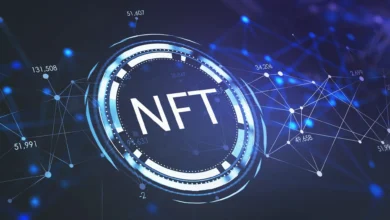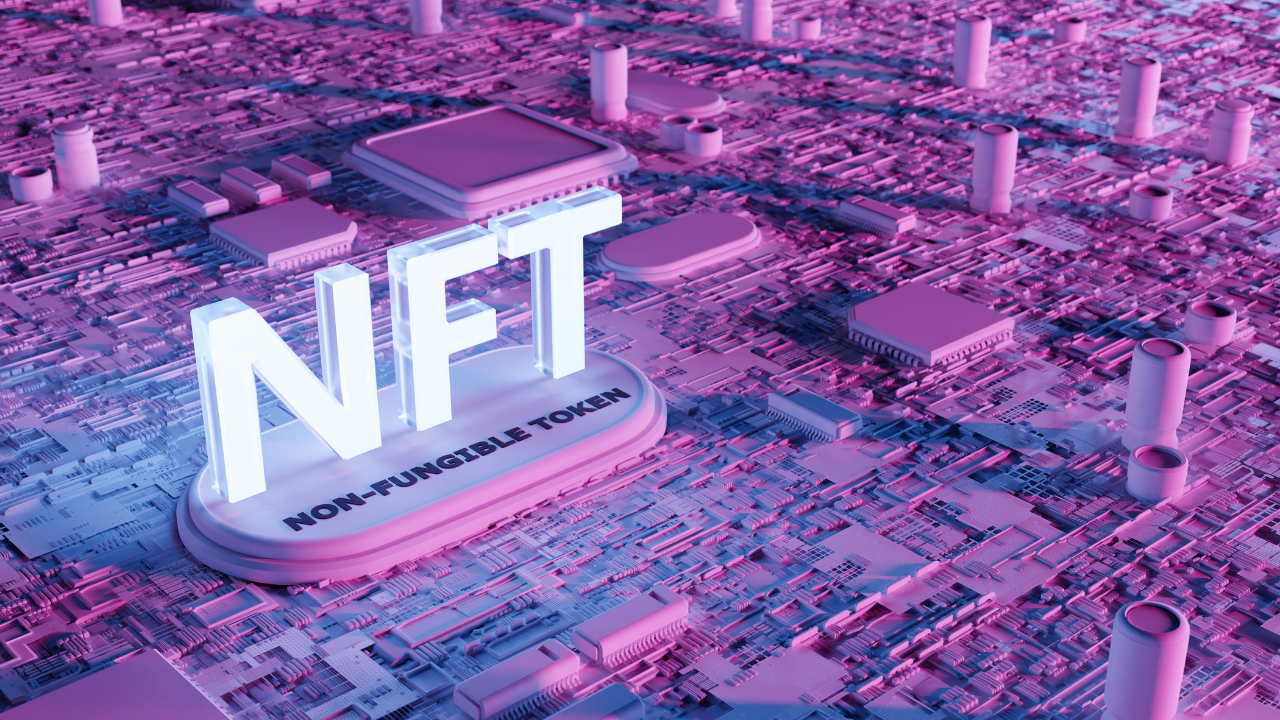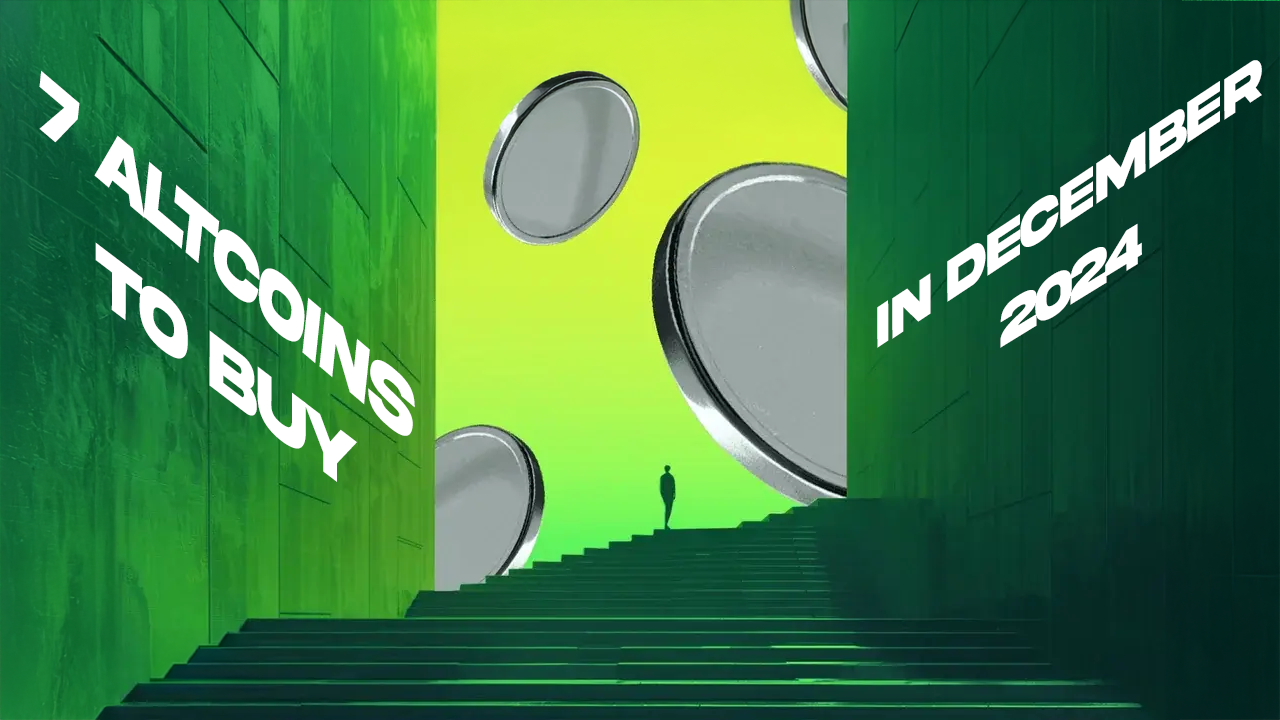How NFT Marketplace Works Complete Guide 2025
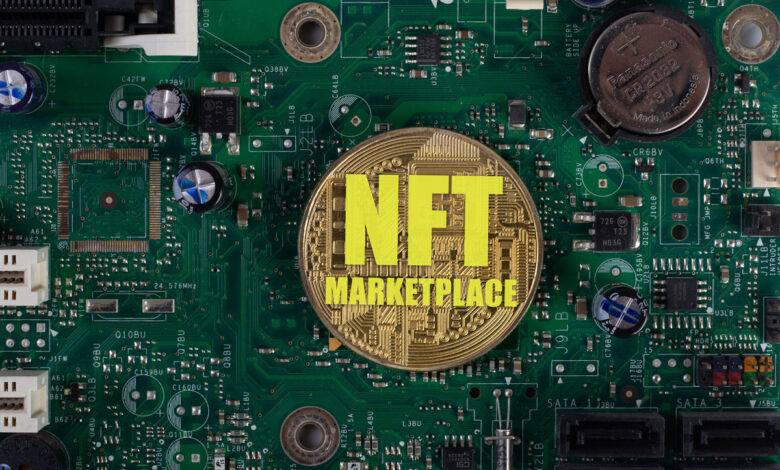
The digital revolution has transformed our perception of ownership and value, with Non-Fungible Tokens (NFTs) at the forefront of this transformation. How NFT marketplace works has become crucial for anyone looking to participate in the digital economy. These platforms have evolved from niche trading spaces to mainstream marketplaces where millions of dollars worth of digital assets change hands daily.
NFT marketplaces serve as the backbone of the digital asset economy, providing secure, decentralized platforms where creators can mint their work, collectors can discover unique pieces, and traders can engage in profitable transactions. Unlike traditional e-commerce platforms, these marketplaces operate on blockchain technology, ensuring transparency, authenticity, and immutable ownership records.
The concept of how NFT marketplace works encompasses multiple layers of technology, economics, and user interaction. From the moment a creator uploads their digital artwork to when a collector makes their first purchase, numerous processes work seamlessly behind the scenes. These platforms utilize smart contracts, cryptocurrency payments, and distributed ledger technology to create a trustless environment where parties can trade without intermediaries.
The mechanics of NFT trading platforms is essential whether you’re an artist looking to monetize your digital creations, a collector seeking rare digital assets, or an investor exploring new market opportunities. The marketplace ecosystem includes various participants: creators who mint NFTs, collectors who purchase them, traders who flip assets for profit, and platform operators who facilitate these transactions.
The importance of comprehending how NFT marketplace works extends beyond mere curiosity. These platforms represent a fundamental shift in how we conceptualize digital ownership, intellectual property rights, and value creation in the digital age. As traditional industries embrace NFT technology, from gaming and entertainment to real estate and fashion, marketplace functionality becomes increasingly relevant to various sectors.
What is an NFT Marketplace
An NFT marketplace is a digital platform that facilitates the creation, buying, selling, and trading of Non-Fungible Tokens. These platforms function as the primary infrastructure supporting the NFT ecosystem, providing users with intuitive interfaces to interact with complex blockchain technology. How the NFT marketplace works begins with recognizing these platforms as specialized e-commerce sites built on decentralized networks.
Digital asset platforms differ significantly from traditional online marketplaces. While conventional e-commerce sites deal with physical goods or digital services, NFT marketplaces handle unique digital tokens that represent ownership of specific digital or physical assets. Each NFT contains metadata that proves authenticity and ownership, stored permanently on the blockchain.
The fundamental architecture of how NFT marketplace works involves several key components. First, the platform connects to one or more blockchain networks, most commonly Ethereum, though many now support multiple chains including Polygon, Solana, and Binance Smart Chain. This blockchain integration ensures that all transactions and ownership transfers are recorded immutably.
NFT trading platforms also incorporate wallet connectivity features, allowing users to connect their cryptocurrency wallets directly to the marketplace. This integration enables seamless transactions where users can purchase NFTs using various cryptocurrencies, with ownership automatically transferred to their wallets upon successful payment completion.
User profiles on NFT marketplaces serve multiple functions beyond simple account management. Creators can showcase their portfolios, establish their reputation, and build followings. Collectors can display their acquisitions, track their investment performance, and discover new artists. These social features contribute significantly to how NFT marketplace works by fostering community engagement and driving platform adoption.
Core Components of NFT Marketplaces
How the NFT marketplace works requires examining the essential components that make these platforms functional. The blockchain infrastructure forms the foundation, providing the distributed ledger technology necessary for transparent, secure transactions. Most NFT marketplaces operate on Ethereum, leveraging its robust smart contract capabilities and established ecosystem.
Smart contracts represent perhaps the most critical element in how NFT marketplace works. These self-executing contracts automatically enforce the terms of NFT transactions, including royalty payments to creators, platform fees, and ownership transfers. When a user purchases an NFT, the smart contract automatically transfers the token to the buyer’s wallet while sending payment to the seller, minus applicable fees.
The user interface component of NFT trading platforms must balance sophistication with accessibility. These interfaces allow users to browse collections, filter by various criteria, view detailed NFT information, and execute transactions. Advanced marketplaces include features like auction systems, collection creation tools, and analytics dashboards that help users make informed decisions.
Wallet integration is another fundamental aspect of how NFT marketplace works. These platforms support various cryptocurrency wallets, including MetaMask, Coinbase Wallet, and WalletConnect. This integration enables users to connect their existing wallets, view their NFT collections, and execute transactions without leaving the marketplace interface.
Search and discovery mechanisms play crucial roles in NFT marketplaces. Advanced filtering options allow users to sort by price, rarity, creator, collection, and various other attributes. Many platforms also implement recommendation algorithms that suggest NFTs based on user behavior, purchase history, and preferences, similar to traditional e-commerce recommendation systems.
The NFT Creation Process
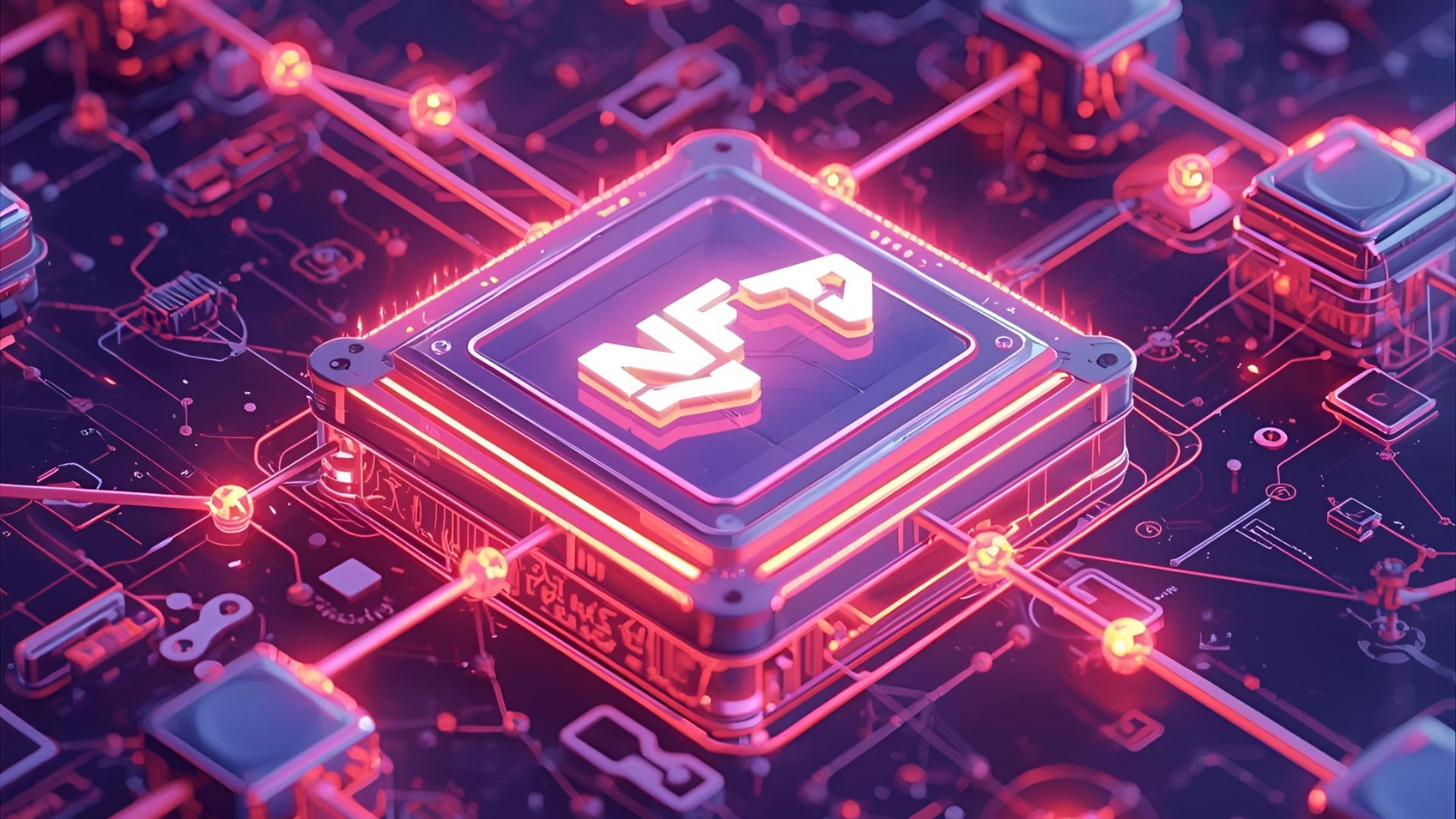
The journey of how NFT marketplace works begins with the creation process, commonly known as “minting.” NFT creation involves converting digital files into blockchain-based tokens that can be owned, traded, and verified. This process is fundamental to how NFT marketplace works because it establishes the initial connection between digital content and blockchain ownership records.
When creators decide to mint their work, they typically begin by selecting an appropriate NFT marketplace that aligns with their goals and target audience. Different platforms cater to various niches: some focus on digital art, others on gaming assets, music, or utility tokens. The choice of marketplace significantly impacts how NFT marketplace works for individual creators, affecting everything from fees to audience reach.
The technical process of NFT minting involves uploading the digital file to the marketplace, which then stores the asset using decentralized storage solutions like IPFS (InterPlanetary File System). The marketplace generates metadata describing the NFT, including its properties, rarity attributes, and creator information. This metadata becomes permanently associated with the token on the blockchain.
Gas fees represent a significant consideration in how NFT marketplace works during the creation process. These fees compensate network validators for processing transactions and can vary dramatically based on network congestion. Many modern NFT marketplaces have implemented “lazy minting” or “gasless minting” options, where the actual blockchain transaction occurs only when someone purchases the NFT, reducing upfront costs for creators.
Quality control and content moderation also influence how NFT marketplace works. Reputable platforms implement verification processes to prevent copyright infringement, ensure content quality, and maintain community standards. Some marketplaces offer “verified” badges for established creators, helping buyers identify authentic works from recognized artists.
Buying and Selling Mechanisms
The transactional aspect of how NFT marketplace works encompasses various buying and selling mechanisms designed to accommodate different user preferences and trading strategies. Fixed-price sales represent the most straightforward approach, where sellers list NFTs at predetermined prices, and buyers can purchase them immediately using cryptocurrency.
Auction systems add complexity and excitement to how NFT marketplace works. English auctions allow bidders to compete openly, with prices increasing until the auction period expires. Dutch auctions start at high prices and gradually decrease until someone makes a purchase. Reserve auctions ensure minimum sale prices, protecting sellers from unexpectedly low final bids.
Offer systems provide additional flexibility in NFT trading platforms. Buyers can submit offers below listed prices, while sellers can accept, counter, or reject these proposals. This mechanism facilitates negotiation and can lead to transactions that might not occur through fixed pricing alone.
The payment process in how NFT marketplace works typically involves cryptocurrency transactions, though some platforms now accept credit cards or other traditional payment methods. Upon successful payment, smart contracts automatically transfer NFT ownership to the buyer’s wallet, ensuring instant and irreversible ownership transfer.
Royalty systems represent a unique aspect of how NFT marketplace works, allowing original creators to earn ongoing income from secondary sales. These royalties, typically ranging from 2.5% to 10%, are automatically distributed to creators whenever their NFTs are resold, creating sustainable income streams for digital artists and content creators.
Blockchain Technology Integration
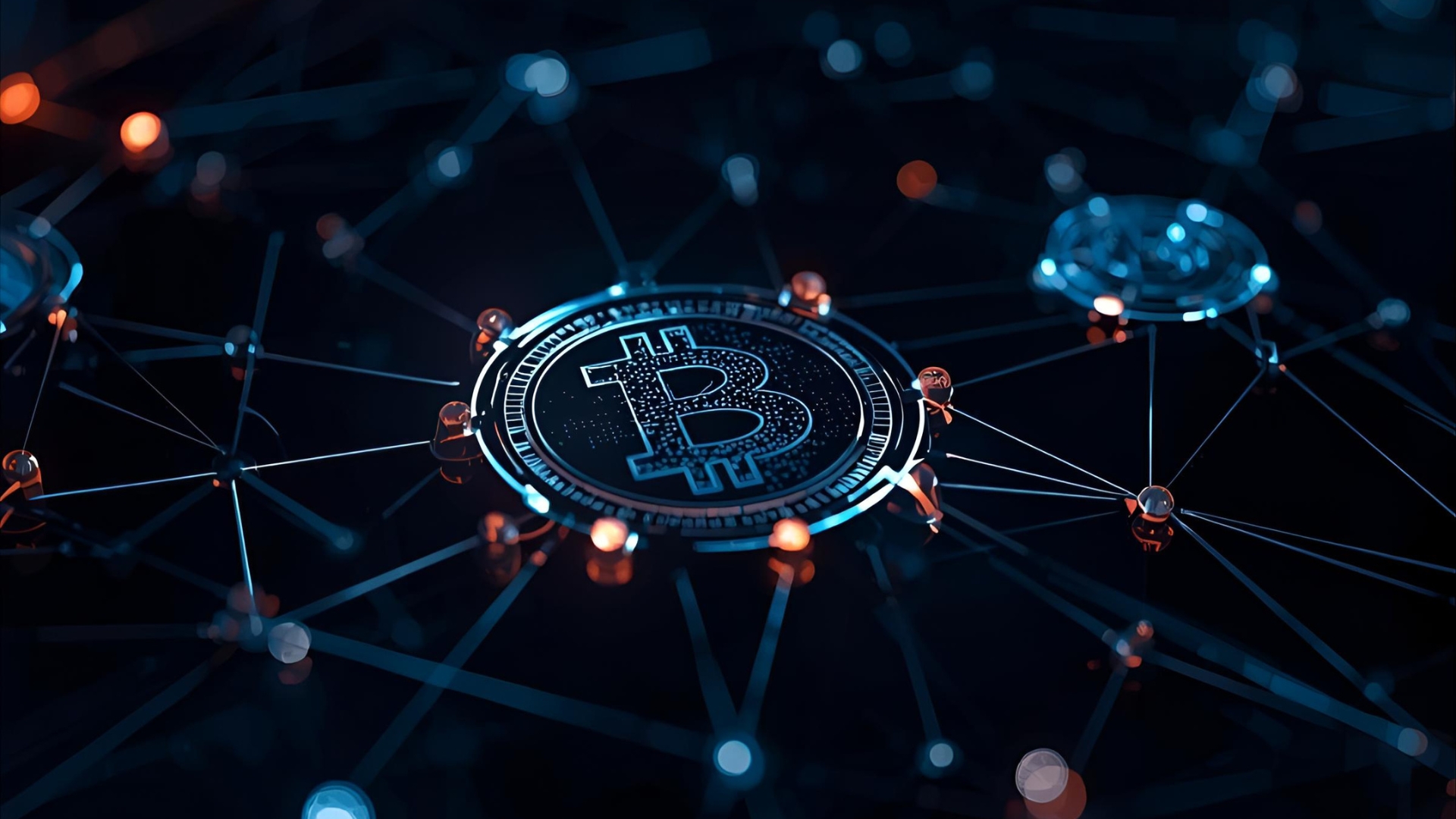
The technical foundation of how NFT marketplace works relies heavily on blockchain technology integration. This integration ensures that all transactions, ownership records, and asset metadata remain transparent, immutable, and decentralized. Blockchain networks serve as the distributed ledgers that maintain permanent records of all NFT-related activities.
Multi-chain support has become increasingly important in how NFT marketplace works. While Ethereum remains the dominant network, many platforms now support alternative blockchains like Polygon, Solana, Avalanche, and others. This multi-chain approach reduces transaction fees, increases transaction speed, and provides users with more options for their NFT trading activities.
Interoperability between different blockchain networks affects how NFT marketplace works by enabling cross-chain asset transfers and trading. Bridge technologies allow users to move NFTs between supported networks, expanding liquidity and trading opportunities across multiple ecosystems.
Scalability solutions address network congestion issues that can impact how NFT marketplace works. Layer-2 solutions like Polygon and Arbitrum process transactions off the main Ethereum network while maintaining security through periodic settlement on the main chain. These solutions significantly reduce gas fees and transaction times.
Environmental considerations increasingly influence how NFT marketplace works, with many platforms migrating to more energy-efficient blockchain networks or implementing carbon offset programs. The transition from Ethereum’s proof-of-work to proof-of-stake consensus mechanism has substantially reduced the environmental impact of NFT trading.
Security and Authentication
Security measures form a critical component of how the NFT marketplace works, protecting users from fraud, theft, and counterfeit assets. Authentication systems verify the legitimacy of NFTs and creators, preventing unauthorized copying and ensuring that buyers receive genuine digital assets.
Wallet security integration is essential for how the NFT marketplace works. Platforms implement various security measures, including two-factor authentication, email verification, and suspicious activity monitoring. Users maintain control of their private keys through external wallets, ensuring that the marketplace cannot access their assets without explicit permission.
Smart contract audits play a vital role in how the NFT marketplace works by identifying potential vulnerabilities before deployment. Reputable platforms undergo regular security audits by specialized firms, ensuring that their smart contracts operate as intended without exploitable flaws.
Copyright protection mechanisms help maintain integrity in how the NFT marketplace works. Many platforms implement content identification systems, takedown procedures, and creator verification processes to prevent intellectual property theft and unauthorized minting of copyrighted materials.
Transaction monitoring systems automatically detect and flag suspicious activities that could indicate fraud or market manipulation. These systems analyze trading patterns, identify potential wash trading, and alert administrators to unusual activities that might compromise platform integrity.
Fees and Economics
The economic model of how the NFT marketplace works involves various fee structures that sustain platform operations while providing value to users. Platform fees typically range from 2.5% to 10% of transaction values, covering operational costs, development, and profit margins for marketplace operators.
Gas fees represent blockchain network costs that vary based on network congestion and transaction complexity. These fees are crucial to the functioning of the NFT marketplace, as they directly impact transaction costs and user experience. Many platforms now display estimated gas fees before transaction completion.
Creator royalties form a unique economic aspect of how NFT marketplace works, enabling original artists to earn ongoing income from secondary market sales. These automated payments, enforced by smart contracts, create sustainable income streams that differentiate NFT markets from traditional art markets.
Listing fees may apply on some platforms, though many NFT marketplaces offer free listing to encourage creator participation. Some platforms charge upfront minting fees, while others implement “lazy minting” systems where fees are only paid upon successful sales.
Premium services and subscription models increasingly influence how NFT marketplace works. Some platforms offer enhanced features, reduced fees, or priority support for paying subscribers, creating additional revenue streams while providing value-added services to serious traders and collectors.
Future Trends and Developments
The evolution of how NFT marketplace works continues rapidly, with emerging technologies and changing user expectations driving innovation. Virtual reality integration promises immersive gallery experiences where users can display and interact with their NFT collections in three-dimensional environments.
Artificial intelligence integration is transforming how NFT marketplace works through improved recommendation systems, automated content moderation, and predictive pricing models. AI-powered tools help users discover relevant NFTs, assess market trends, and make informed purchasing decisions.
Fractional ownership mechanisms are expanding how NFT marketplace works by allowing multiple users to own shares of expensive NFTs. This innovation democratizes access to high-value digital assets and creates new investment opportunities for collectors with limited budgets.
Cross-platform compatibility improvements will further enhance how NFT marketplace works by enabling seamless asset transfers between different platforms and ecosystems. Standardized protocols and improved interoperability will create more fluid and accessible NFT trading experiences.
Regulatory compliance developments will significantly impact how NFT marketplace works as governments worldwide establish clearer guidelines for digital asset trading. Platforms are preparing for increased compliance requirements while maintaining user privacy and decentralization principles.
Also Read: How NFT Marketplace Works Complete Guide 2025
Conclusion
How the NFT marketplace works reveals a complex ecosystem that combines cutting-edge technology with innovative economic models. These platforms have revolutionized digital ownership, created new opportunities for creators, and established entirely new asset classes for investors and collectors.
The mechanics of how the NFT marketplace works encompass blockchain integration, smart contract automation, user-friendly interfaces, and robust security measures. As these platforms continue evolving, they’re becoming more accessible, efficient, and feature-rich, attracting broader audiences and diverse use cases.
Success in NFT marketplaces requires not just the technical aspects but also the economic dynamics, community features, and security considerations. Whether you’re a creator looking to monetize your work, a collector seeking unique assets, or an investor exploring new opportunities, comprehending how the NFT marketplace works is essential for navigating this dynamic space effectively.
The future of NFT marketplaces promises continued innovation, with emerging technologies and evolving user needs driving the development of these platforms. As these ecosystems mature, how the NFT marketplace works will become increasingly valuable for anyone participating in the digital economy.

